Becoming a Real Estate Photographer—Ultimate Guide + Tips
If you’re trying to figure out how to become a real estate photographer, you’re in the right place. It’s a niche with serious demand, and the barrier to entry is lower than you might think. With the right skills, gear, and a bit of hustle, you can turn this into a profitable side gig — or even a full-time career! My guide will teach you how to break in, stand out, and actually make it work.
What exactly does a real estate photographer do?
A great real estate photographer knows how to read the room (literally), control light, compose the right angles, and edit in a way that flatters without faking. Their work isn’t just about pretty pictures; it’s a key part of real estate marketing. High-quality photos help listings stand out and build trust with buyers.
Here’s what the job involves beyond all the shutter clicks:
- Scouting spaces and planning the shots based on layout, lighting, and key features
- Staging or adjusting scenes, even small things like curtains and pillows, to clean up clutter
- Making good use of natural and artificial lighting to balance brightness and eliminate harsh shadows
- Shooting wide without distortion using the right lenses and camera height for each room
- Editing for clarity — correcting exposure, white balance, perspective, and saturation
- Keeping track of files and backups (using SD cards, organized folders, and cloud storage is a must!)
- Maintaining all gears like lenses, tripods, lighting, spare batteries, chargers, and even microfiber cloths
- Delivering clean, high-resolution images optimized for the multiple listing service (MLS), real estate sites, and social media
How to become a real estate photographer
Now that you’ve got a clear picture of the job, let’s talk about how to make it happen! Below, I’ve laid out the most essential steps, gear tips, and business moves that’ll help you get started the right way.
Step 1: Study photography basics
If you want to avoid bad real estate photos, you’ve gotta start with the fundamentals. Discover how light works, learn to expose a room correctly, and master the art of composing your shots to create a space that feels balanced and inviting.

You don’t need a fancy setup to get started. If you’re still learning, even your phone can be a solid practice tool! Focus on getting comfortable with light, shadows, and framing, then work your way up. If you’re wondering how to get into real estate photography, it starts with your eye and shooting a lot, even if it’s just your living room for now.
Pro tip: If you know someone willing to lend you a DSLR or mirrorless camera, take advantage of it. The more you shoot, the faster you’ll level up.
Step 2: Invest in the right gear — without overspending!
You don’t need to drop thousands of dollars to start shooting real estate properties. A good entry-level camera, a wide-angle lens, and a sturdy tripod will get the job done.
What matters more than buying the most expensive gear is knowing how to use it and choosing tools that fit the kind of work you want to do. Start small, learn as you go, and upgrade when you begin to land more clients or feel limited by your current setup.
If you’re ready to start building your kit, I’ve pulled together a list of beginner-friendly gear that’s solid, affordable, and totally capable of producing pro-looking real estate photos:
| Gear | Description | Best for | Starting price |
|---|---|---|---|
| Nikon Z50 with a 16-50mm wide-angle zoom lens | Compact and great in low light, with excellent color accuracy | Beginners who want a mirrorless camera’s flexibility | $897 (with kit lens) |
| Get the Nikon Z50 from Amazon | |||
| Sony a6400 with a 16-50mm lens | Fast autofocus and strong video features, also great for handheld shooting | Hybrid shooters doing both photos and video | $929 (with kit lens) |
| Get the Sony a6400 from Amazon | |||
| Nikon Z 40mm f/2 lens (Nikon Z mirrorless mount) | Small and bright; slightly tighter than the 35mm | Lifestyle shots, decor details, and clean compositions | $227 |
| Get the Nikon Z 40mm f/2 from Amazon | |||
| Sigma 30mm f/1.4 DC DN lens (Sony E mount) | Affordable, great low-light prime lens for crop-sensor mirrorless cameras | Budget-friendly option for entry-level real estate work | $379 |
| Get the Sigma 30mm f/1.4 from Amazon | |||
| Manfrotto Element MII Aluminum Tripod | Lightweight aluminum tripod with a ball head, compact enough for travel but sturdy for real estate setups | Steady interior shots, long exposures, and twilight shoots | $109 |
| Get the Manfrotto Element MII from Amazon | |||
| Peak Design Travel Tripod (Aluminum) | Folds down small, quick setup, solid stability | On-the-go shoots where portability matters | $360 |
| Get the Peak Design Travel Tripod from Amazon | |||
Pro tip: If you’re not quite ready to commit to buying everything brand new, consider renting gear or purchasing used items. Many photographers start with secondhand cameras and lenses in great condition. It’s a smart way to learn what works for you without burning through your budget early on.
Step 3: Build a killer starter portfolio
Before clients will trust you with their property listings, they’ll want to see what kind of results you can deliver, even if you’re just getting started.
Offer to shoot a few homes for free or at a discount to build up your sample work. Aim for variety if possible: residential interiors, commercial or architectural spaces, and perhaps even an exterior shot around sunset. This is your chance to show range and creativity.
Once you’ve got several solid shoots under your belt, create a simple portfolio site to showcase them. Platforms like Squarespace, Wix, and Format all offer beautiful templates specifically designed for photographers. Plus, they’re super easy to update as you grow. Your site doesn’t need to be fancy, but it should be clean and easy to navigate.

Step 4: Learn to edit photos like a pro
Even the best photos need a little polish. Editing helps balance exposure, correct color issues, and make your photos look clean and consistent, especially when working with challenging lighting or shooting bracketed exposures. Most real estate photographers use tools like Lightroom or Photoshop, but you don’t have to master everything overnight.
If editing feels overwhelming or you’re just too busy to dive deep, that’s totally fine! You can always outsource your edits to a freelancer who specializes in real estate photography. Sites like Fiverr are full of pros who can take your raw files and turn them into clean, MLS-ready images for a reasonable price. It’s a great way to save time and still deliver polished work your clients will love.

Step 5: Set your rates (and don’t be shy about your value)
Pricing can feel awkward when you’re new, but here’s the truth: great photos help agents sell faster, and that is worth real money. Instead of guessing or charging whatever you think someone will pay, think about the value you’re offering. Then, factor in your time, travel, editing hours (if any), gear upkeep, and delivery process — not just the hours you spend during the shoot.
Not sure where to start? Examine local competitors in your market and create a few simple packages tailored to home size or services. Remember to charge fairly, stay consistent, and raise your rates as your experience and confidence grow.
Real Estate Photography Pricing, Types & Hiring Tips Guide
Step 6: Network, market your services, and start landing clients
The most effective way to find clients is by establishing genuine, local connections. Reach out to a few real estate agents, property managers, stagers, or even Airbnb hosts. Offer to shoot their property at a discount or for free in exchange for portfolio use and a testimonial.
Then, start sharing your work on social media. Post before-and-after edits, cool angles, or a slideshow of your best shots. After all, one good client relationship can lead to a steady stream of referrals. Who knows? Your client’s whole brokerage might just hire you as a full-time real estate photographer!
Bonus skills to set you apart
Once you’ve nailed the basics, there are a few extra skills that can level up your game and make you the photographer real estate agents remember. These aren’t must-have skills when you’re starting, but they can open doors to bigger listings, higher rates, and repeat clients.
If you’re ready to go beyond the standard shots, here’s where you can shine:
Drone and aerial photography
Aerial shots are ideal for listings with large lots, expansive backyards, or distinctive surroundings, as they provide buyers with a comprehensive view of the property in one frame. You’ll need to be FAA-certified to fly commercially in the U.S., but once you’ve got the license, the value you bring goes way up.

Some agents specifically look for photographers who offer drone work because it instantly elevates a listing. Just make sure you’re flying safely, following local laws, and delivering high-res, well-composed drone images.
 Helpful resource: Of course, you’ll need to invest in a solid drone camera — we’ve put together a guide to real estate drone photography, including some top-rated models to check out.
Helpful resource: Of course, you’ll need to invest in a solid drone camera — we’ve put together a guide to real estate drone photography, including some top-rated models to check out.Twilight photography
Twilight shots give homes a warm, inviting glow, especially when the interior lights are on and the sky reaches that perfect post-sunset blue. They take more planning and timing, but they make a huge visual impact. Agents love them for luxury listings or to help a property stand out on the MLS.
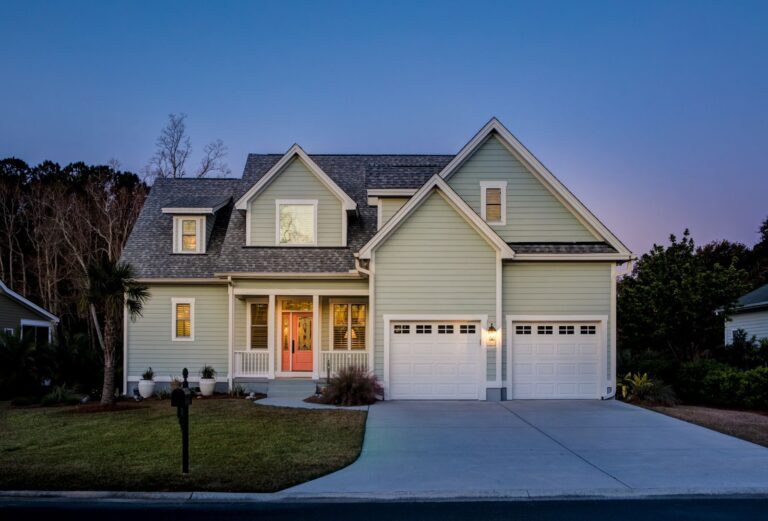
If you want to start mastering twilight photography, try shooting homes during that golden 20 to 30-minute window after sunset. Bring a tripod, dial in your exposure and shutter speed, and take your time blending for clean, balanced results.
Virtual staging and floor plans
Sometimes, a space is empty or just not that photogenic — and that’s where virtual staging comes in! With the right software, you can digitally furnish a room to help buyers visualize what it could look and feel like. The same applies to floor plans: clean, simple layouts help buyers mentally visualize the space before they visit.
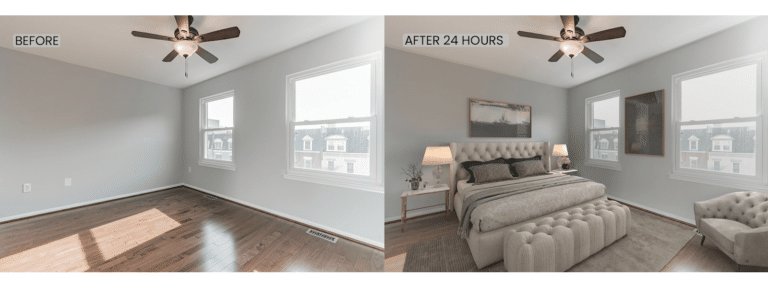
You don’t have to be a designer to offer these services, but knowing how to outsource or utilize basic tools effectively can give your portfolio a significant edge. If you want to explore how virtual staging works and which software to try, check out our complete guide to virtual staging for real estate.
Real estate photography tips to grow your business faster
The next step? Building momentum and securing numerous clients. These real estate photography tips are all about helping you grow smarter, without feeling like you’re winging it every time. Minor improvements in how you shoot, communicate, and deliver can make a big difference in how clients see your work.
Frequently asked questions (FAQs)
What qualifications do you need to be a photographer?
You don’t need a formal degree to become a real estate photographer. Many professionals are self-taught or have learned through workshops and online courses. What’s most important is building a solid portfolio and continuously honing your photography skills.
How much do real estate photographers make?
Real estate photographers’ earnings depend on their experience, the services they offer, and the location of the property. According to ZipRecruiter, real estate photographers earn an average annual salary of $62,338. Other top professionals, especially those offering premium services, typically earn more.
What is the highest-paying photography job?
Commercial photography often tops the list, usually when working with major brands or in the advertising industry. Specializations like fashion and luxury real estate photography can also be quite lucrative. The highest-paid photographers know how to combine their technical skills with a strong client network.
Your take
Ready to snap your first real estate photography job? If you’ve made it this far, you’re already ahead of most beginners. The important thing is to keep shooting, keep learning, and keep putting yourself out there. Real estate photography is one of those fields where the more you do it, the better you get. Do you have any questions? Let me know in the comments!
The post Becoming a Real Estate Photographer—Ultimate Guide + Tips appeared first on The Close.



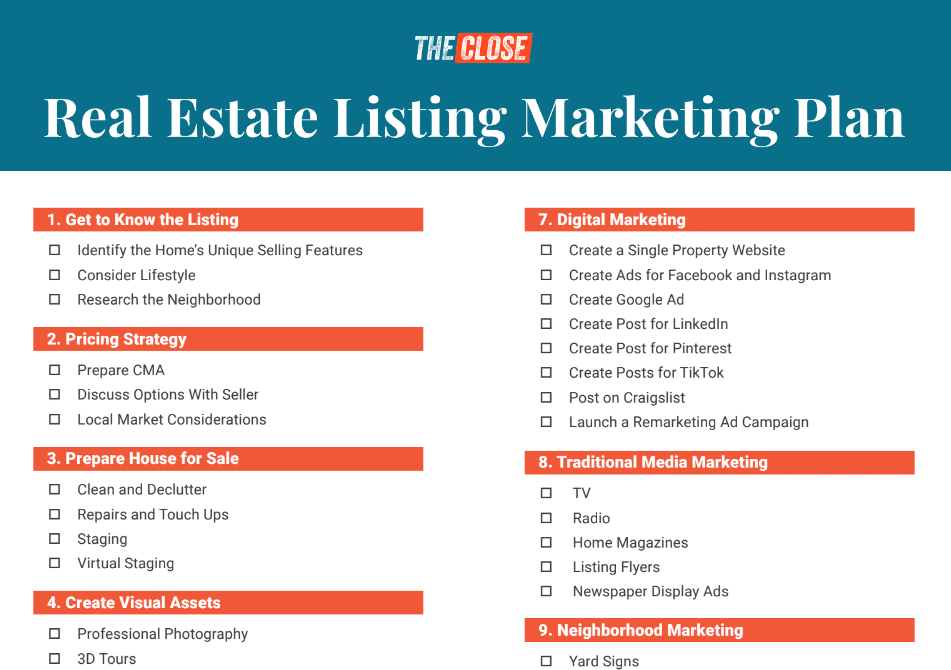


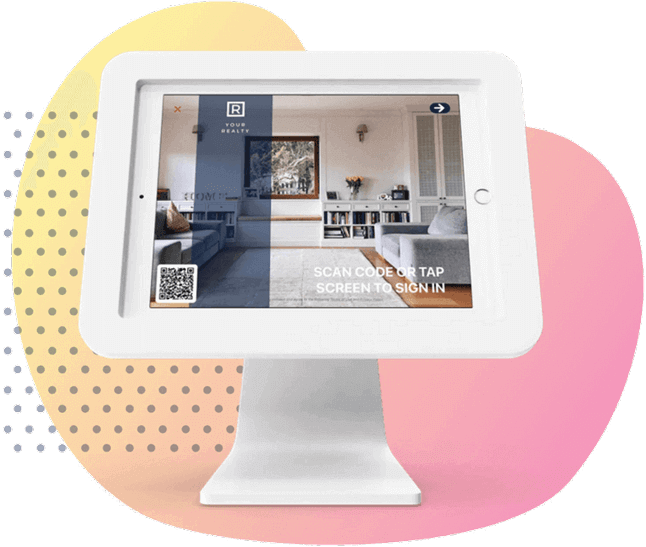
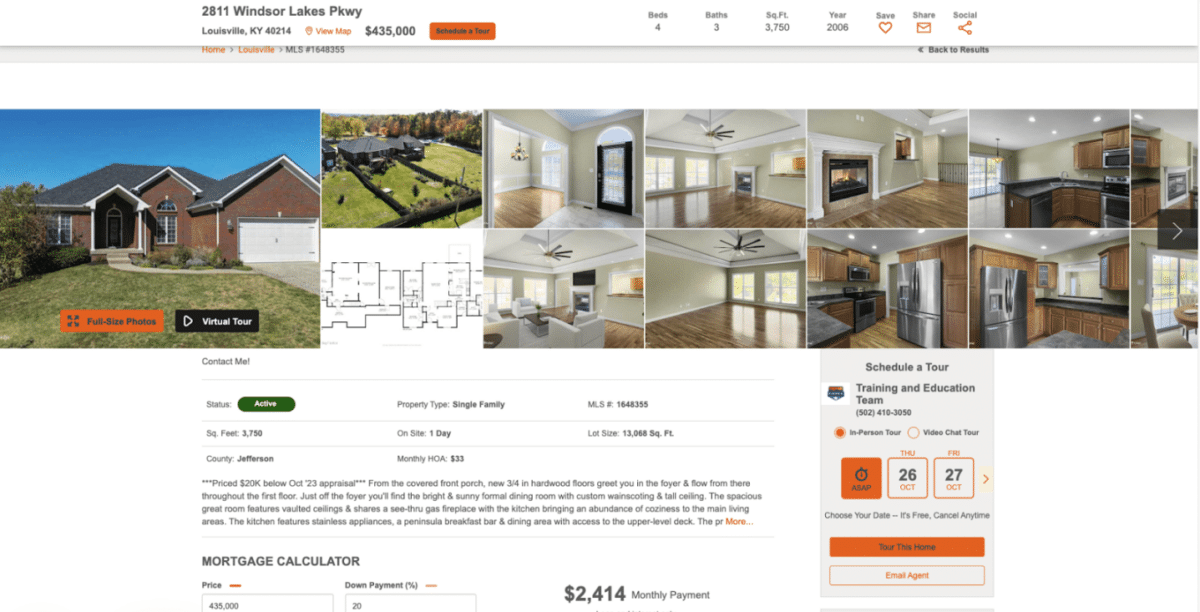
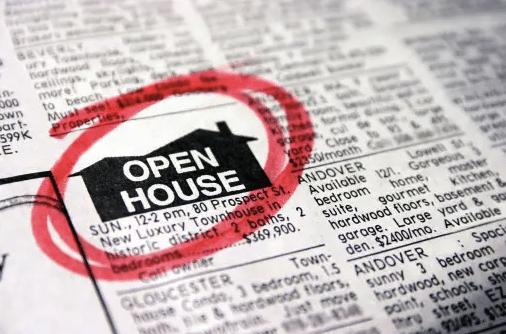
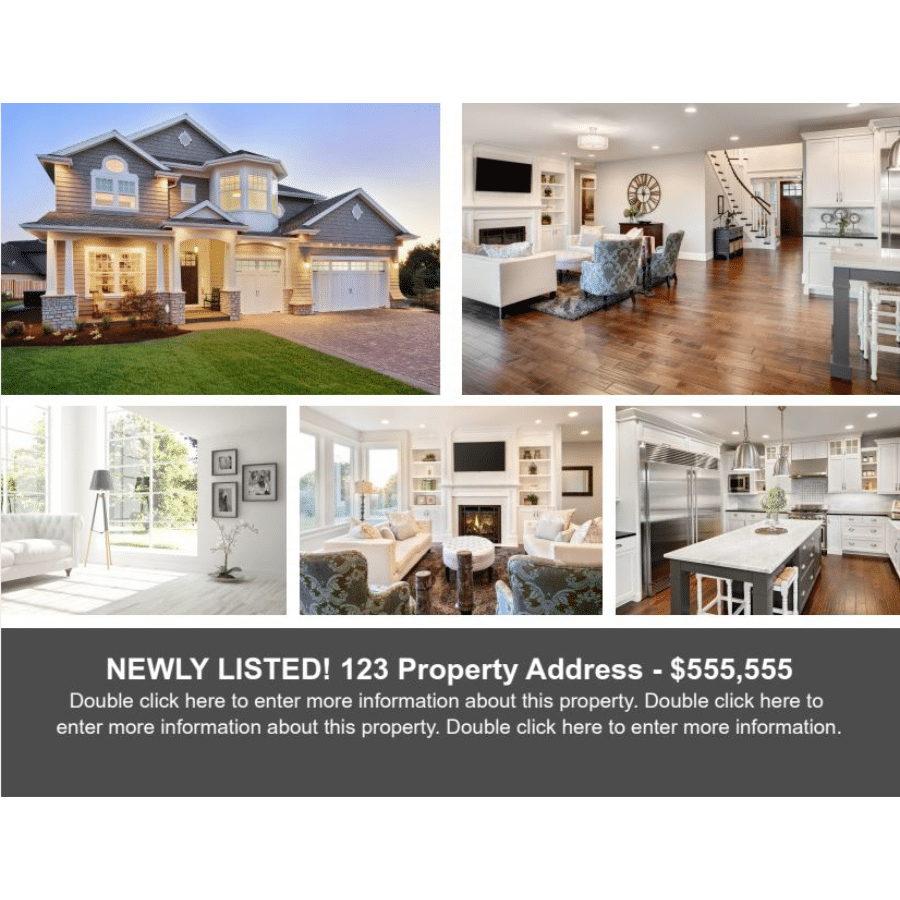

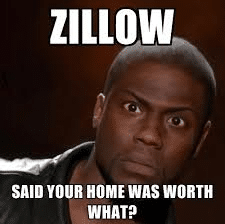
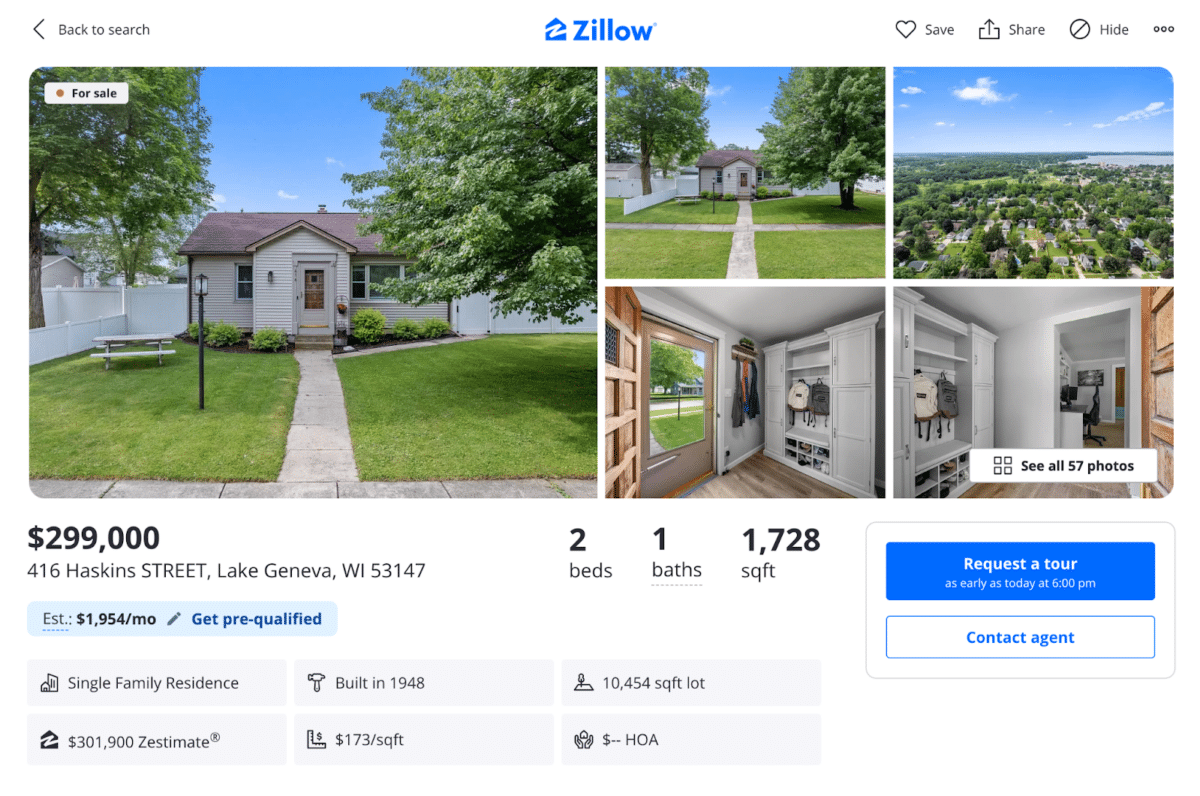
 Pro Tip
Pro Tip






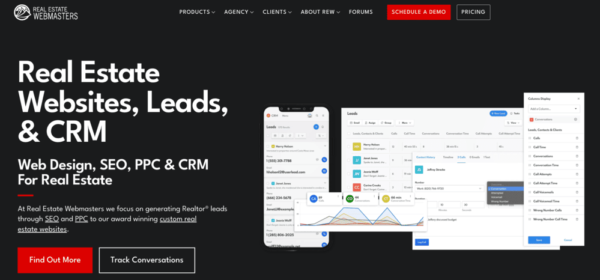
 Dominates organic traffic;
Dominates organic traffic;  High pricing tiers might be cost-prohibitive for smaller teams
High pricing tiers might be cost-prohibitive for smaller teams


